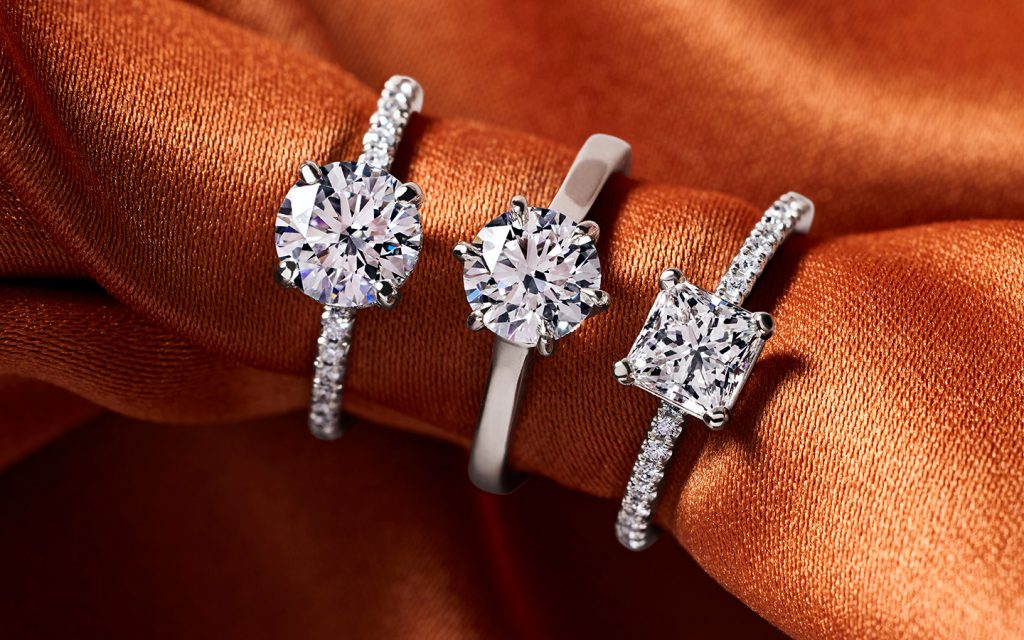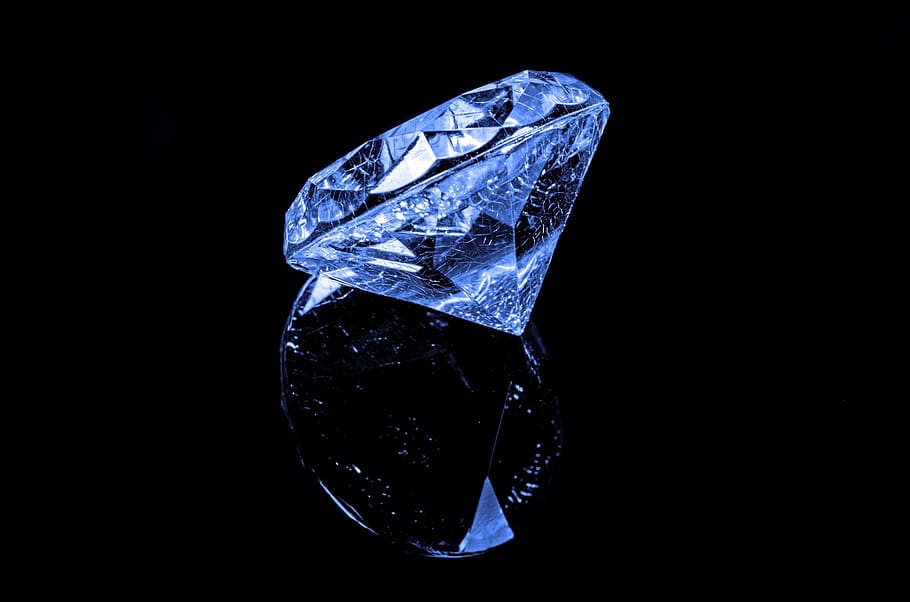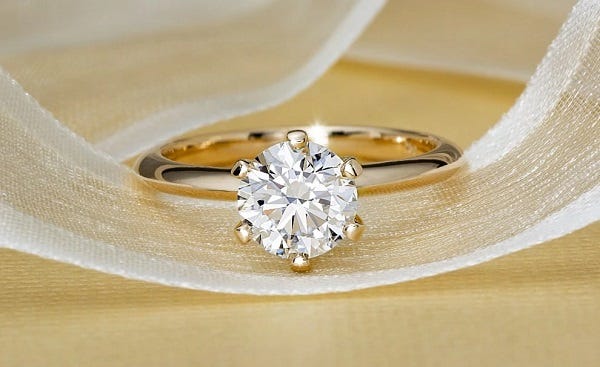Table of Contents
Introduction to Lab Grown Diamond Rings
Lab grown diamond rings have become a popular choice for couples and jewelry enthusiasts who seek the beauty of traditional diamonds without the environmental and ethical concerns associated with mined stones. These diamonds are chemically and physically identical to natural diamonds, offering the same brilliance and durability. When paired with metals like lab grown diamond rings platinum vs gold create stunning pieces that are both luxurious and sustainable.
Platinum: A Timeless Choice for Lab Grown Diamonds
Platinum has long been considered the most prestigious metal for fine jewelry, and when paired with lab grown diamonds, it creates an elegant and enduring combination. Known for its naturally white hue, platinum offers a sleek and sophisticated backdrop that enhances the sparkle of lab diamonds. This precious metal is hypoallergenic, making it a great option for those with sensitive skin. Furthermore, platinum’s durability means that it will not tarnish over time, ensuring that your lab grown diamond ring maintains its beauty for years to come.
The Appeal of Gold for Lab Grown Diamond Rings
Gold has been a favorite metal for centuries, and it remains a popular choice for those who want a warm and classic look in their lab grown diamond rings. Gold is available in several colors, including yellow, white, and rose, allowing for customization based on personal preference and style. White gold, in particular, complements the brilliance of lab diamonds, offering a shiny and modern finish. On the other hand, yellow and rose gold provide a rich, vintage-inspired aesthetic that pairs beautifully with the timeless appeal of lab grown diamonds.
Durability: Platinum vs Gold
When it comes to durability, platinum takes the lead. As a denser and stronger metal, platinum is more resistant to wear and tear than gold. This makes it an ideal choice for those seeking a long-lasting setting for their lab grown diamond rings. Platinum’s resilience means it is less likely to scratch or lose its shape over time, making it a great option for engagement rings that will be worn daily.
Gold, while still durable, is softer than platinum and may require more maintenance. Over time, gold rings can develop scratches or dents, especially if made from lower-karat alloys. However, gold’s malleability allows for intricate designs and more flexibility in terms of customization. While gold may not be as durable as platinum, with proper care, it can still make for a beautiful and lasting setting for lab grown diamonds.
Price Comparison: Platinum vs Gold
One of the main factors to consider when choosing between platinum and gold for lab grown diamond rings is cost. Platinum is typically more expensive than gold due to its rarity and the fact that it is heavier and more labor-intensive to work with. However, the long-term value of platinum might make it worth the investment for those looking for a high-end, durable option.
Gold, on the other hand, is generally more affordable, especially when opting for a lower-karat gold like 14k. This makes gold a great option for those who want a beautiful lab grown diamond ring at a more accessible price point. With gold, you can still achieve a luxurious look without breaking the bank, allowing for more flexibility when it comes to selecting the size and quality of your lab grown diamond.
Aesthetic Appeal: Platinum vs Gold for Lab Diamonds
Both platinum and gold offer unique aesthetic qualities when paired with lab grown diamonds. Platinum’s cool, silvery-white sheen creates a clean and modern look that enhances the clarity and sparkle of lab diamonds. Its understated elegance appeals to those who prefer a minimalist and timeless style.
Gold, with its rich, warm tones, offers a more traditional and vintage-inspired look. Yellow gold has a classic charm that complements the brilliance of lab diamonds, while rose gold provides a romantic, feminine touch that has gained popularity in recent years. White gold, like platinum, offers a modern and sleek appearance but with a slightly different finish, often requiring rhodium plating to maintain its luster.
Maintenance: Caring for Platinum and Gold Lab Diamond Rings
When it comes to maintenance, both platinum and gold require care to keep your lab grown diamond ring looking its best. Platinum’s durability means it is less likely to develop visible scratches, but it may develop a patina over time, which some people find desirable for its vintage look. To restore its shine, a simple polish by a professional jeweler can bring back its original luster.
Gold, especially in lower-karat alloys, may need more frequent polishing to maintain its shine and prevent scratches. It is also important to note that white gold may require occasional rhodium replating to maintain its white finish. Rose gold and yellow gold are less likely to require plating but may need more attention to prevent fading or tarnishing.
The Environmental Impact of Lab Grown Diamonds
An important aspect of choosing lab grown diamonds is the environmental and ethical benefits they offer. Lab grown diamonds are created in a controlled environment, reducing the need for harmful mining practices. Both platinum and gold used in lab grown diamond rings can be sourced responsibly, with many jewelers opting for recycled metals to reduce their carbon footprint. By choosing lab grown diamonds and ethical metal options like responsibly sourced platinum or gold, consumers can feel confident in their choice, knowing they are making a positive impact on the planet.
Conclusion: Platinum or Gold for Lab Grown Diamonds?
The decision between platinum and gold for your lab grown diamond ring ultimately depends on your personal preferences and priorities. If durability, longevity, and a prestigious look are important to you, platinum is an excellent choice. On the other hand, if affordability, color variety, and a classic style appeal to you, gold is a fantastic option for your lab grown diamond ring. Whichever metal you choose, rest assured that your lab grown diamond will shine beautifully, offering the same stunning sparkle as a mined diamond, with the added benefit of being a more sustainable and ethical choice.




